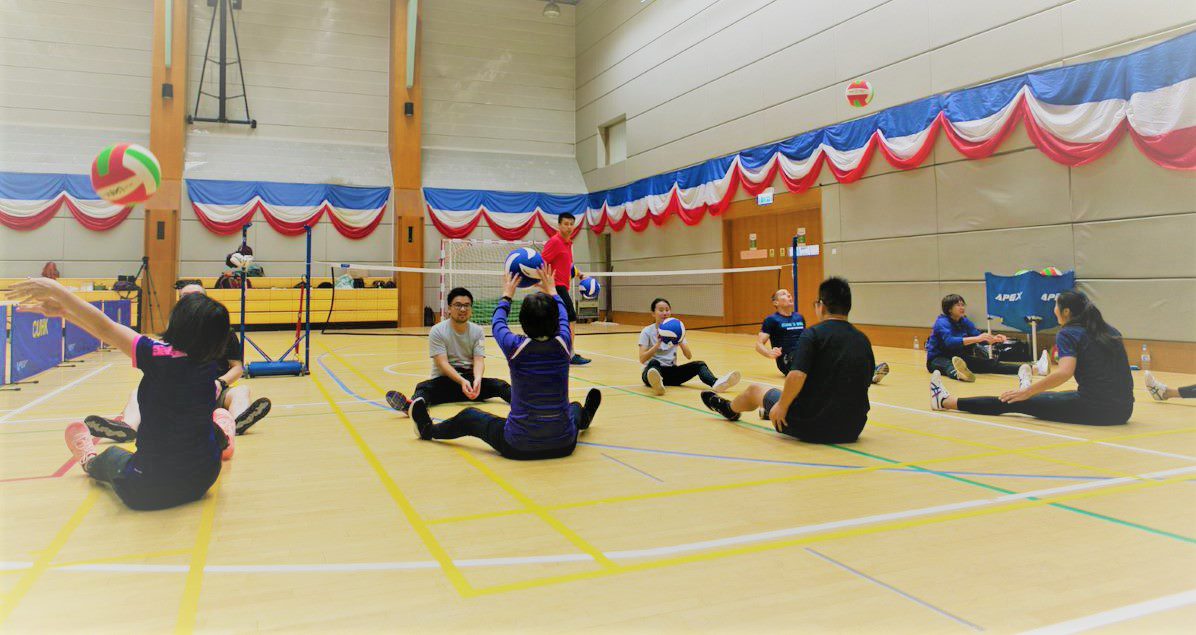History
Sitting volleyball originated from the Netherlands in 1956, as a way to facilitate rehabilitation of injured soldiers. Sitting volleyball was officially included in the 1980 Arnhem Paralympic games for men. Women’s sitting volleyball was added in the 2004 Paralympic games in Athens.
Since the introduction of women’s sitting volleyball, the Chinese have won the most Paralympic gold in the event. Men’s sitting volleyball at the Paralympic games have been dominated by the Iran and Bosnia-Herzegovina teams. Since the 1988 Seoul games, the Iran team has amassed five gold medals.
Since the 2016 games in Rio, there have been eight men’s and eight women’s teams for the event competing over two medal events, with close to 200 athletes participating.
Rules
- Same rules as regular volleyball, except that players are required to have at least one buttock touching the floor whenever they touch the volleyball
- Each team has 6 players on the court during a game with a liberto, attacking specialists, hitters and servers
- Sitting volleyball courts are smaller than regulation courts (10 x 6 meters) and nets are lower (1.15 meters for men’s, 1.05 meters for women’s)
Equipment
The equipment used in sitting volleyball includes a volleyball net, net poles, and a volleyball, etc.
Tournaments
Resources:
International Paralympic Committee
World Paravolley



